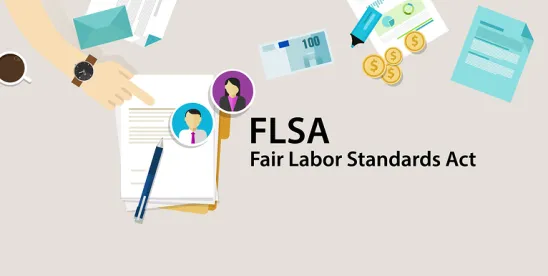The U. S. Supreme Court unanimously decided in E.M.D. Sales, Inc. v. Carrera that the standard of “preponderance of the evidence” is to be used in cases where an employer claims an employee is exempt from overtime eligibility under the Fair Labor Standards Act (FLSA).
As explained in a September 2024 GT Alert, the plaintiffs in the case were sales representatives who alleged their employer, a food products distributor, failed to pay them overtime under the FLSA. The employer argued that based on a preponderance of the evidence, the employees qualified as outside salespeople and were thus exempt from FLSA overtime requirements. The Fourth Circuit found in the employees’ favor, holding that under Fourth Circuit precedent, the employer was required to prove applicability of the FLSA exemption by “clear and convincing evidence,” a higher standard than preponderance, and had failed to do so. The Fourth Circuit’s decision was an outlier among the circuits, which otherwise employ the “preponderance of the evidence” standard.
In its Jan. 15, 2025, decision authored by Justice Kavanaugh, the Supreme Court found no basis for applying the heightened “clear and convincing evidence” standard. The Court instructed that it strays from the presumptive “preponderance of the evidence” standard in civil litigation only in limited circumstances, and held that none of those circumstances existed here. The Court also rejected the employees’ argument that the strong public policy interest in guaranteeing workers’ a fair wage justifies a higher standard of proof. Thus, in cases where employers seek to prove that an employee is exempt under the FLSA, the “preponderance of the evidence” standard will apply.




 />i
/>i

